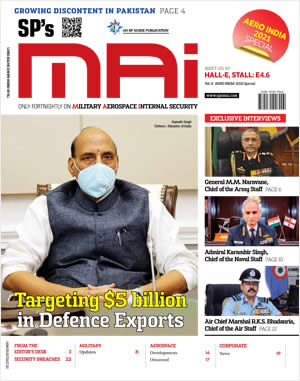INDIAN ARMED FORCES CHIEFS ON OUR RELENTLESS AND FOCUSED PUBLISHING EFFORTS
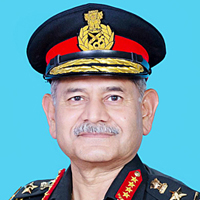
The insightful articles, inspiring narrations and analytical perspectives presented by the Editorial Team, establish an alluring connect with the reader. My compliments and best wishes to SP Guide Publications.
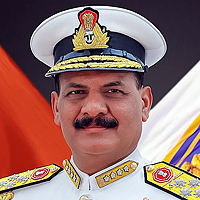
"Over the past 60 years, the growth of SP Guide Publications has mirrored the rising stature of Indian Navy. Its well-researched and informative magazines on Defence and Aerospace sector have served to shape an educated opinion of our military personnel, policy makers and the public alike. I wish SP's Publication team continued success, fair winds and following seas in all future endeavour!"

Since, its inception in 1964, SP Guide Publications has consistently demonstrated commitment to high-quality journalism in the aerospace and defence sectors, earning a well-deserved reputation as Asia's largest media house in this domain. I wish SP Guide Publications continued success in its pursuit of excellence.
- Operation Sindoor: Resolute yet Restrained
- India’s Operation Sindoor Sends a Clear Message to Terror and the World – ‘ZERO TOLERANCE’
- Japan and India set forth a defence cooperation consultancy framework, talks on tank and jet engines
- Terrorist Attack in Pahalgam in Kashmir: Unfolding a long surgical war against PAK
- Lt General Pratik Sharma takes over Command of Indian Army's Northern Command
Boosting Indo-Japanese Defence Cooperation
The Defence Ministers of both India and Japan reviewed the defence and security pillars of the India-Japan Special Strategic and Global Partnership and underscored ongoing efforts in defence technology transfer
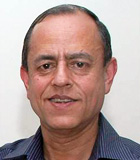 |
The Author is Former Director General of Information Systems and A Special Forces Veteran, Indian Army |

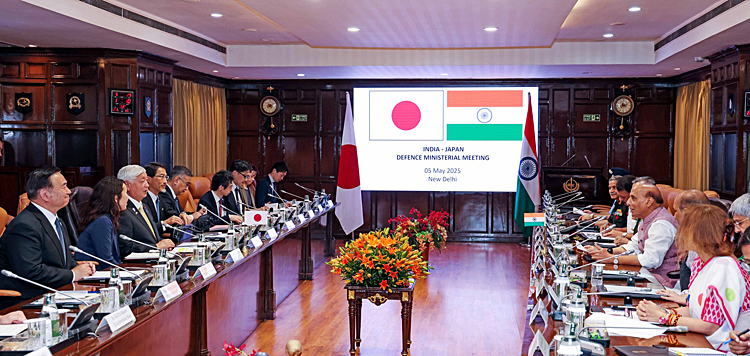
The visit of General Nakatani, Minister of Defence of Japan (since October 2024) to India this month further elevated Indo-Japanese defence relations. India and Japan share a long-term friendship, which has further gained qualitative momentum after the elevation of this collaboration to Special Strategic & Global Partnership in 2014. The Japan-India defence cooperation is a critical component of the broader Indo-Pacific security architecture. Both nations share concerns over China's growing influence in the region and have committed to upholding a 'Free and Open Indo-Pacific'. Japan's engagement with South Asia has evolved from a primarily economic focus to a more comprehensive strategic partnership. The last 2+2 meeting underscored Japan's commitment to strengthening security and defence cooperation with India, recognising the shared values and principles amid an increasingly complex international situation.
The Japan-India defence cooperation is a critical component of the broader Indo-Pacific security architecture
General Nakatani laid a wreath at the National War Memorial and paid homage to the fallen heroes. He was accorded a ceremonial welcome with a Tri-Services Guard of Honour prior to the bilateral meeting at Manekshaw Centre with Defence Minister Rajnath Singh on May 5, 2025. During the meeting, both sides condemned terrorism in all its forms and emphasised the need for global cooperation in this regard. Rajnath Singh condemned Pakistan's state policy of cross-border terrorism against India perpetrated through state and non-state actors, stating that such attacks destabilise regional peace and security, and called for a unified stand against terrorism and the state-sponsored actions that perpetuate it. Nakatani expressed his condolences for the tragic terrorist attack which took place in Pahalgam, Jammu & Kashmir on April 22, 2025 and offered full support to India.
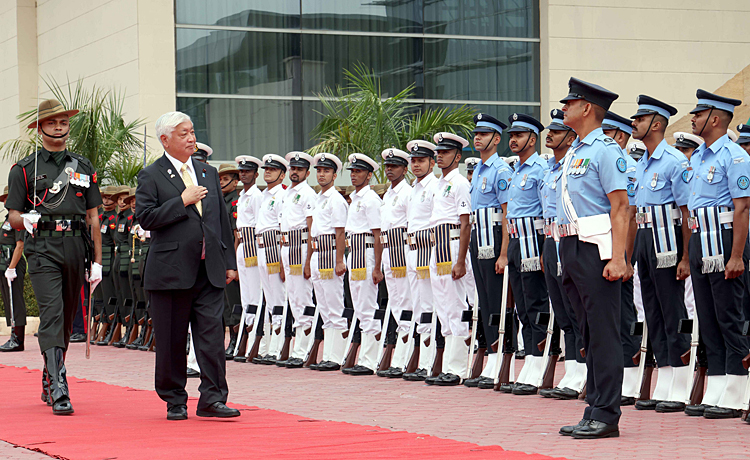
Both the Ministers reviewed the defence and security pillars of the India-Japan Special Strategic and Global Partnership. They reaffirmed their commitment towards strengthening the bilateral relations and contributing towards regional peace. The Ministers welcomed the growing diversity and frequency of defence exercises & exchanges between the two countries, and concurred to enhance the scope & complexity of these engagements. Both leaders agreed to add new dimensions to the robust maritime cooperation between India and Japan.
Defence Minister Rajnath Singh outlined the capability of the Indian defence industry particularly its potential to collaborate with the Japanese side on new areas including MRO operations
Both ministers condemned terrorism unequivocally, urging international unity to combat global terror networks such as Al Qaeda, ISIS/Daesh, Lashkar-e-Tayyiba, and Jaish-e-Mohammad. They pledged to bring terrorists to justice and eliminate safe havens, terrorist financing, and cross-border movement support. They underscored ongoing efforts in defence technology transfer, such as the UNICORN radio antenna project, and joint ventures like the India-Japan Defence Equipment and Technology Cooperation Group.
Defence Minister Rajnath Singh outlined the capability of the Indian defence industry particularly its potential to collaborate with the Japanese side on new areas including tank engines and aero-engines, highlighting capabilities in the areas of Maintenance, Repair and Overhaul (MRO) operations. Both sides agreed to enhance industry cooperation, including exploring collaboration in niche domains such as automation and Artificial Intelligence (AI). They also decided to take forward the cooperation in emerging areas like Cyber and Space. Looking ahead, the ministers agreed to update their strategic framework to address current security challenges and reflect the evolving geopolitical landscape. This meeting marks a significant step forward in India-Japan relations, fostering a comprehensive and multifaceted partnership geared toward regional stability, shared prosperity, and global peace.
India has proposed aero-engine collaboration with Japan for the 5.5-generation stealth fighter AMCA programme, under the 'Make-in-India' initiative with India possibly eyeing Japan's IHI XF9 turbofan aero-engine
The meeting concluded with a strong commitment to elevate bilateral defence ties to new heights. Establishing a senior officer-level dialogue body to coordinate the overall collaborative work between their forces and enhance joint exercises among the Japanese Self-Defence Forces and the Indian military is envisaged. Through the earlier revision of the Joint Declaration on Security Cooperation, increased defence exercises, and a unified stance against terrorism, both nations have demonstrated their commitment to a stable and secure Indo-Pacific region.
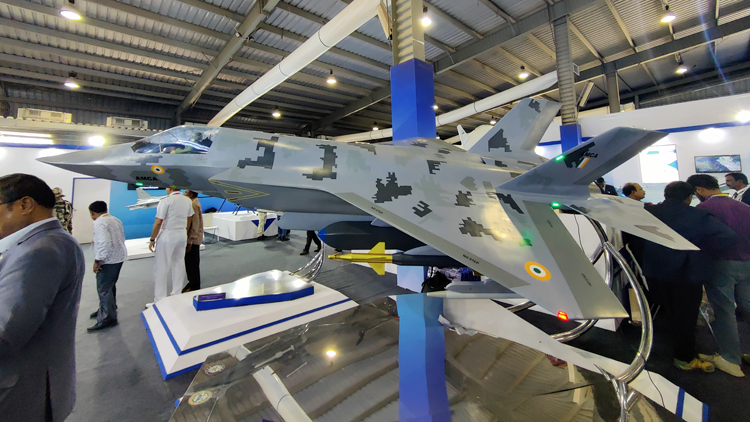
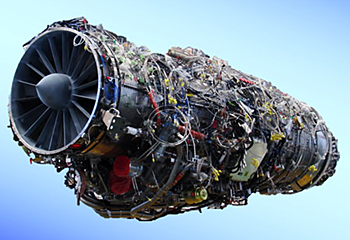
According to news reports after the above bilateral meeting between the defence ministers of India and Japan, India has proposed aero-engine collaboration with Japan for the 5.5-generation stealth fighter, Advanced Medium Combat Aircraft (AMCA) programme, under the 'Make-in-India' initiative; with India possibly eyeing Japan's IHI XF9 turbofan aero-engine. The XF9's adaptability makes it a good choice for India's AMCA programme. The engine's modular design allows scalability that could be tailored to the AMCA's specific needs, including sustained supersonic flight without afterburners (supercruise) and stealth features like reduced infrared (IR) signatures. In addition, Japan's experience with advanced materials and manufacturing techniques could help India overcome its own technological hurdles in engine development, a domain where it has lagged behind despite the progess made in airframe designing. Indian efforts for indigenous development for an AMCA aero-engine through the Kaveri engine programme led by the Gas Turbine Research Establishment (GTRE) has met with limited success. India and Japanese collaboration for the AMCA's aero-engine would be good for both nations.
Japan has approached India for participating in the joint development of a next-generation fighter jet currently being pursued with Britain and Italy
Concurrently, Japan's Kyodo News Agency, quoting a Japanese official, has said that Japan has approached India for participating in the joint development of a next-generation fighter jet currently being pursued with Britain and Italy. The move comes as Japan seeks to ease the burden of massive development costs for the Global Combat Air Programme (GCAP), as well as to strengthen security cooperation with India in South Asia. According to the news report, Japanese officials visited India in February 2025 to explain the Japan-UK-Italy GCAP to Indian officials and proposed India's participation. The GCAP, launched in 2022, is a collaborative initiative involving the UK, Japan, and Italy. The programme aims to design, manufacture, and deliver a next-generation combat aircraft.
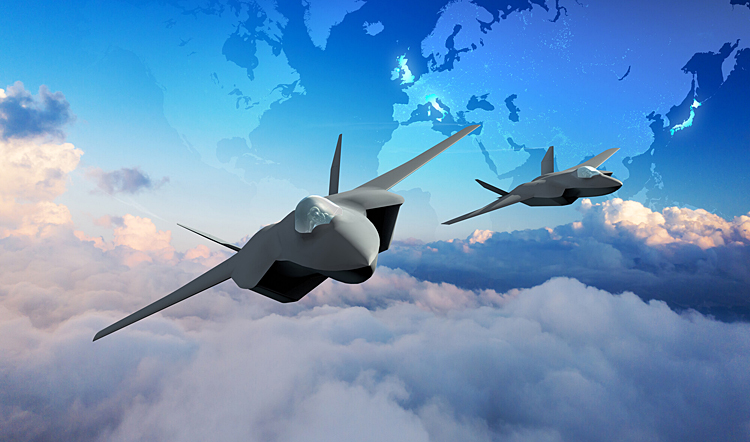
Leaders from Japan, the UK, and Italy met on November 19, 2024, to explore expanding the GCAP programme to include more international partners. A joint statement issued said, "They agreed on the importance of the project continuing to move forward expeditiously, reaffirming their common intent to further strengthen the ongoing collaboration," a joint statement noted. The discussions follow the ratification of the GCAP treaty, which binds Italy, Japan, and Britain to the programme and formalises the creation of the GCAP International Government Organization (GIGO). Japan's Mitsubishi Heavy Industries, Italy's Leonardo, and Britain's BAE Systems will lead the project as system integrators. Given the complexity of building advanced fighter jets, the programme will involve an intricate global supply chain. Saudi Arabia was reportedly also being considered for collaboration in the programme. However, there is no official news yet from India or Japan regarding India's decision to join the GCAP.





